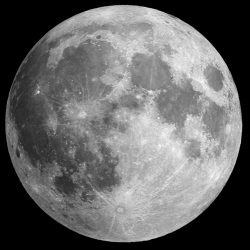
Launching from Earth restrains what we can accomplish in space, due simply to the enormous amount of energy (and cost) needed to break free of Earth’s “gravity well.” One future possibility is to launch machines that can transform space resources into the things that would have normally been launched.
Doctorow’s machine turns moon dirt into housing structures. But similar machines may one day build other infrastructure to support humans on other worlds, from landing pads and roads to power supplies and rockets to get back home. This is “living off the land” at its best, and it’s what will transform space exploration from a camping trip into more sustainable, long-term settlement.
Advances in robotics and teleoperation will allow these space manufacturing machines to be sent on missions well before humans arrive to use the structures they build. This idea of a robotic precursor mission to construct the human base will, in the end, reduce the overall risk and dangers of space exploration.
Doctorow emphasizes this point with an extended timeline between when his robot machine builds the housing panels on the Moon and when people would eventually travel there to use them. His use of a hyperbolic timescale, on the order of several generations before humans travel to the Moon, suggests that perhaps our society is not currently focused on the importance of exploration. It is a stark reminder of contemporary values and priorities, but surely not true for everyone.
Today there is a growing contingent of passionate, and in some cases well-funded, groups who have their eyes set on human space exploration beyond low-Earth orbit. I believe we will see people on the Moon once again in the next decade, and it will be achieved by privately funded groups.
